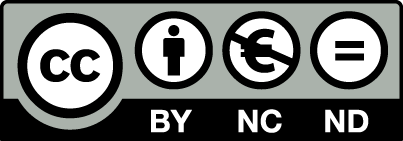Abstract:
Electricity tariff reforms will be an essential part of the clean energy transition. Existing tariffs rely on average cost pricing and often set a price per unit that exceeds marginal cost. The higher price encourages over-adoption of residential solar panels and under-adoption of electric alternatives to fossil fuels. However, an efficient tariff based on fixed charges and marginal cost pricing may harm low-income households. Households with low demand for electricity may prefer to disconnect from the grid rather than pay an equal share of fixed costs. This paper proposes an alternative methodology for setting fixed charges based on the predicted willingness-to-pay of each household. Household data from Colombia are used to show the fiscal burden and economic inefficiency of the existing tariffs. The paper then shows how the new tariff methodology could improve economic efficiency and create incentives for the adoption of clean energy technologies, while still leaving low-income households better off.

